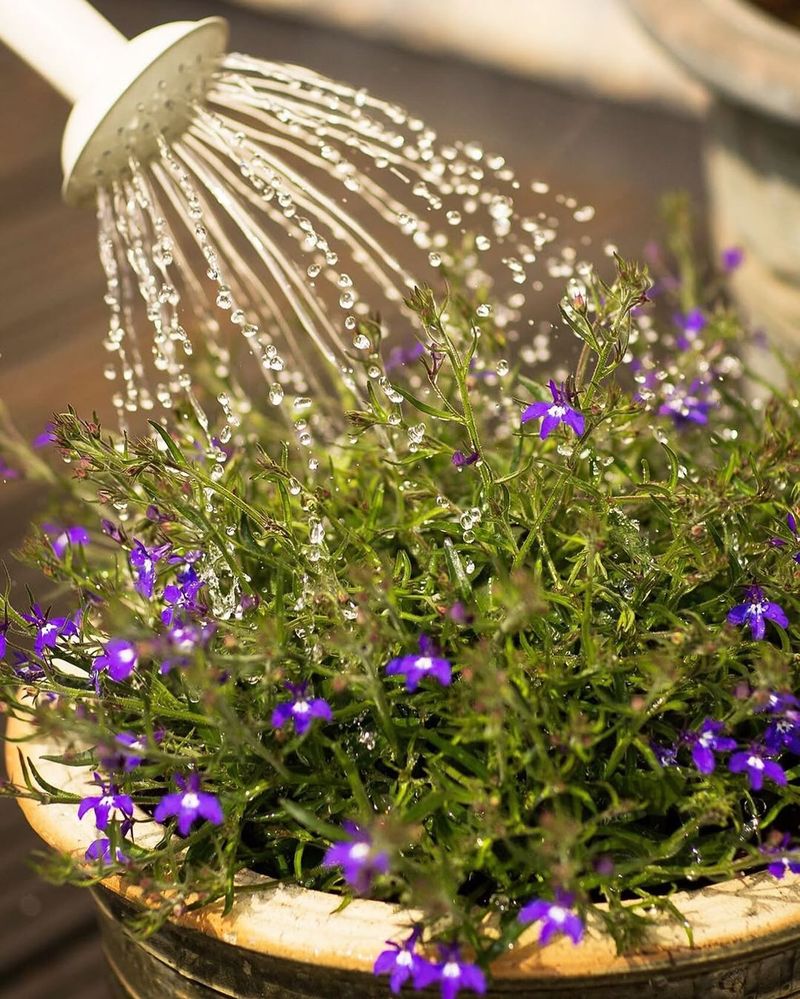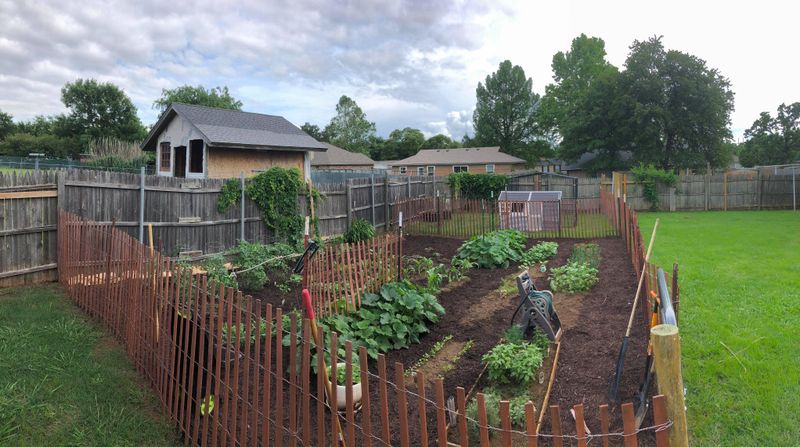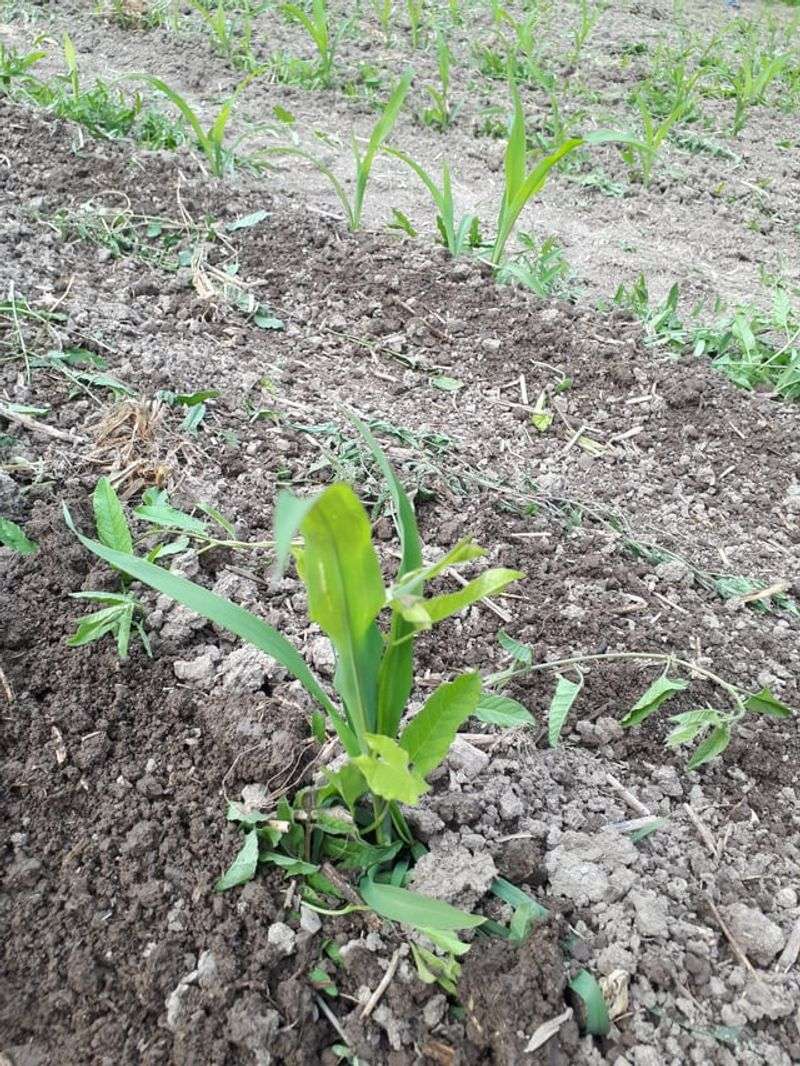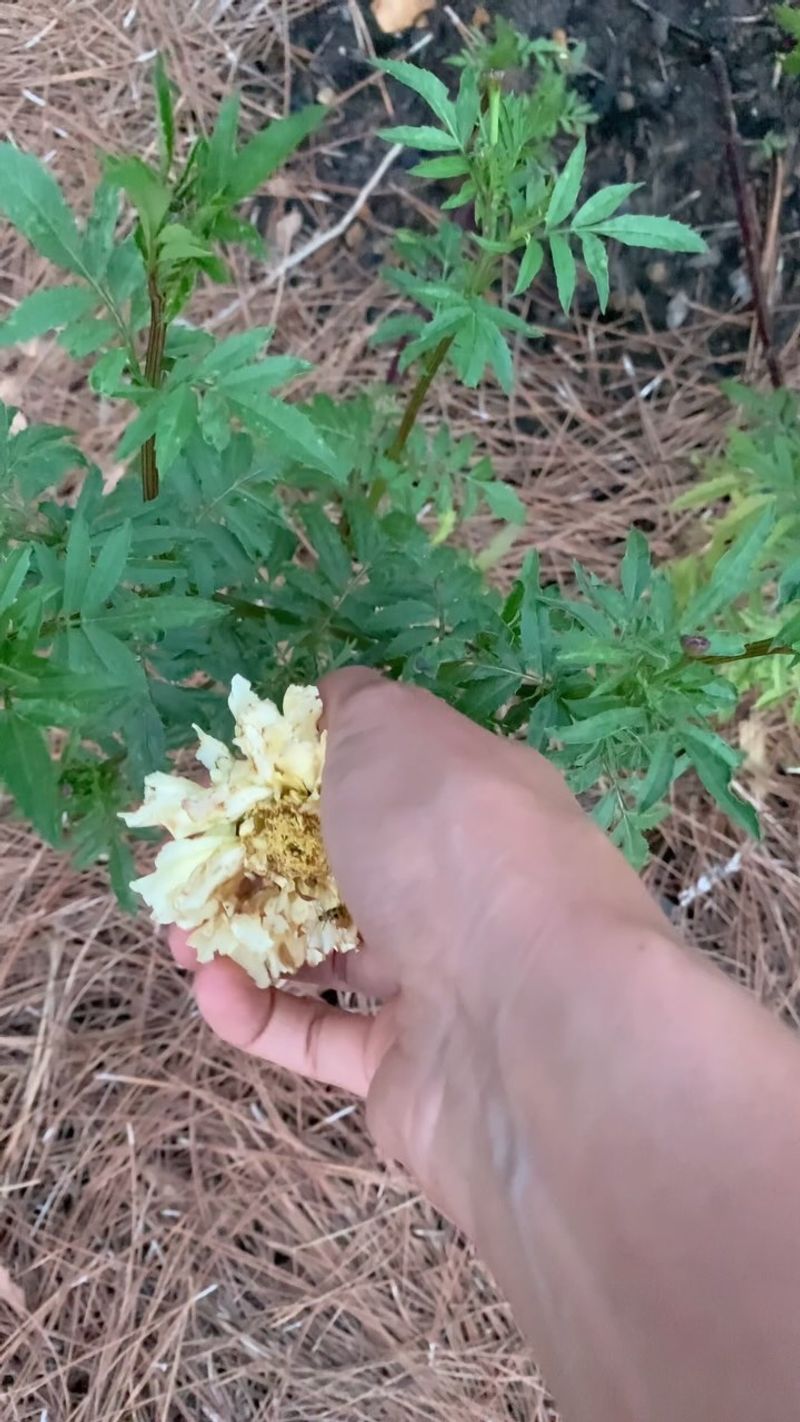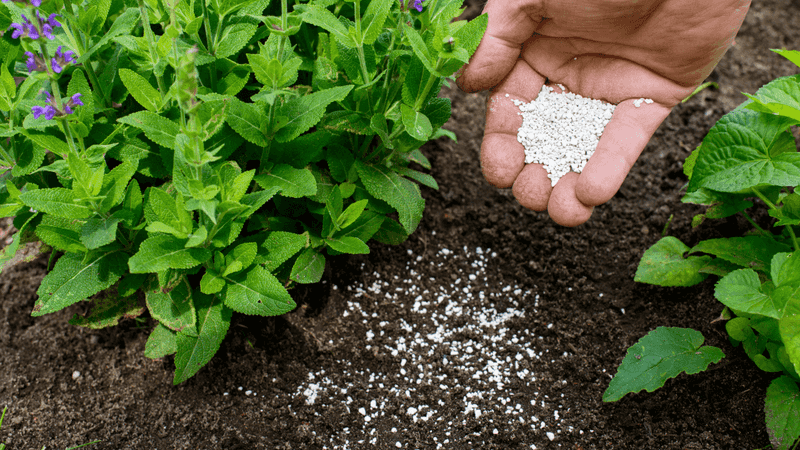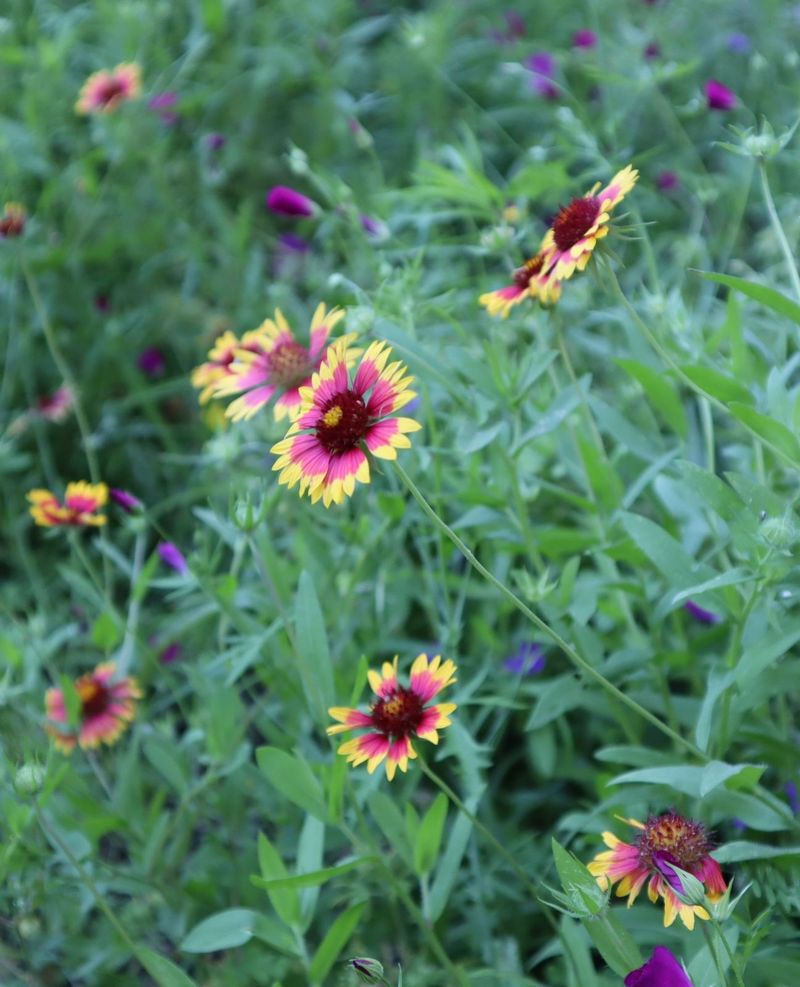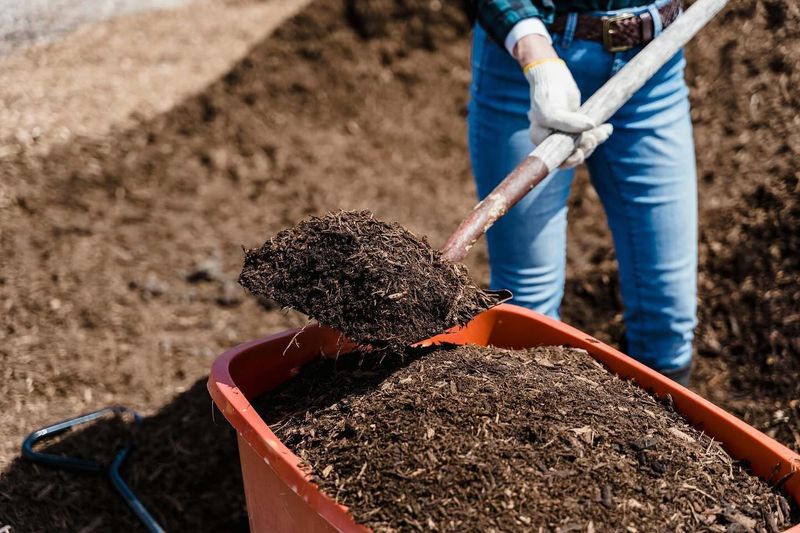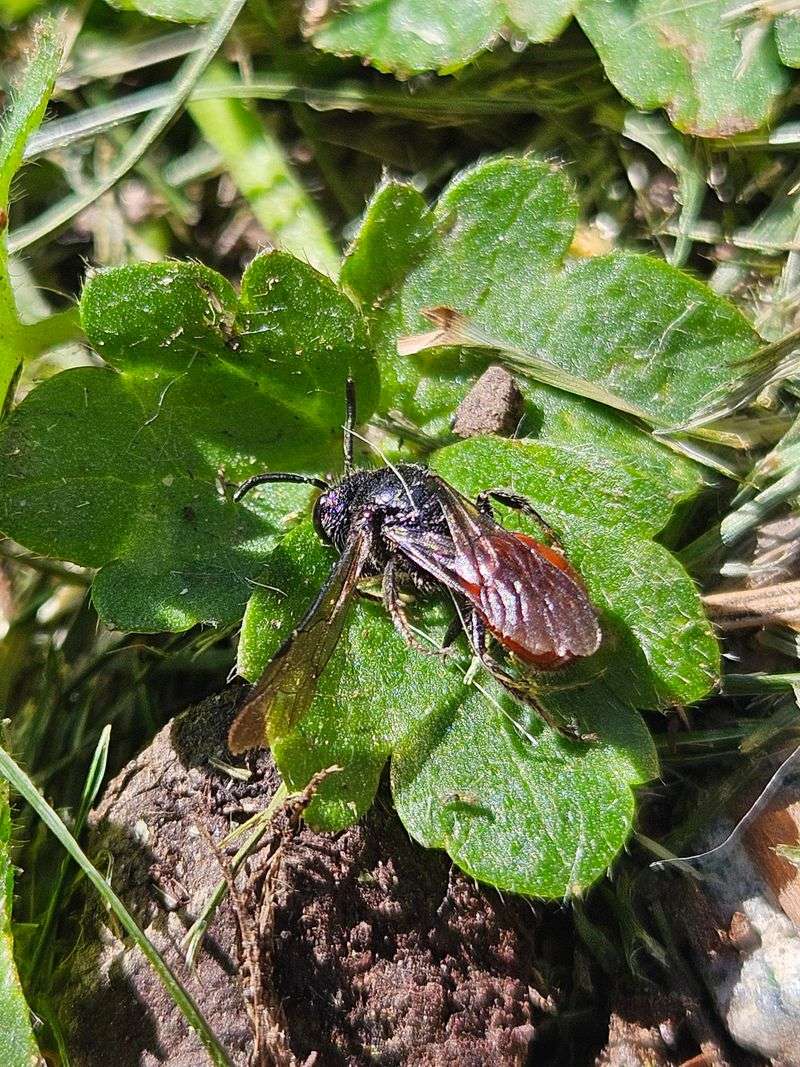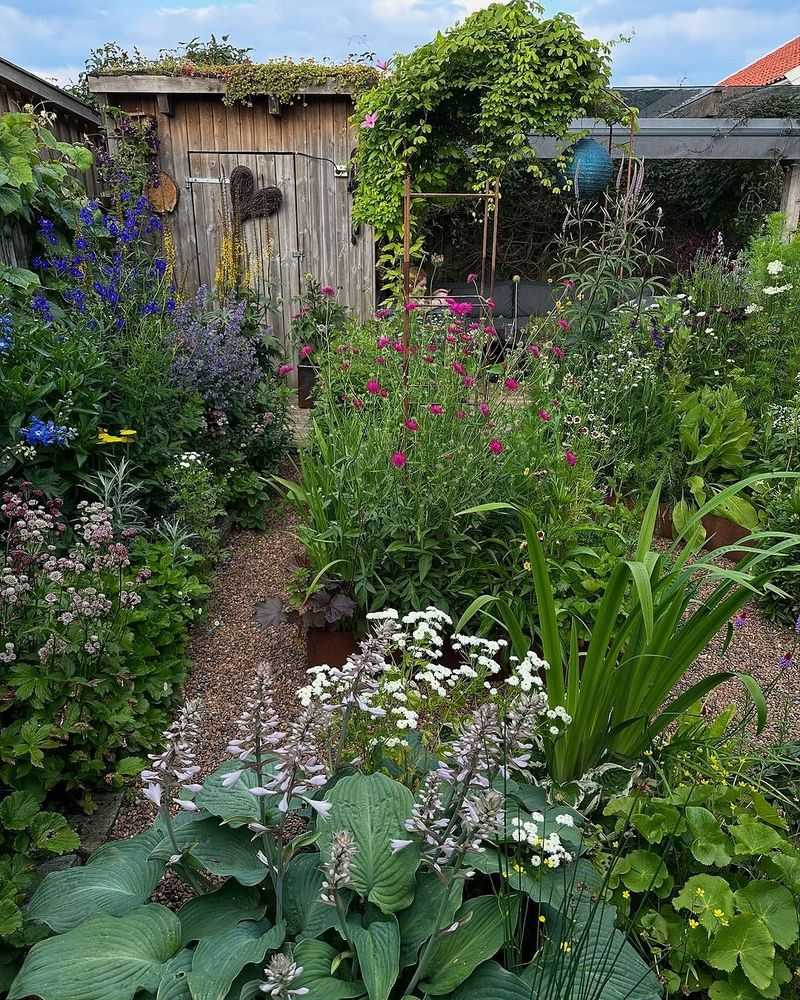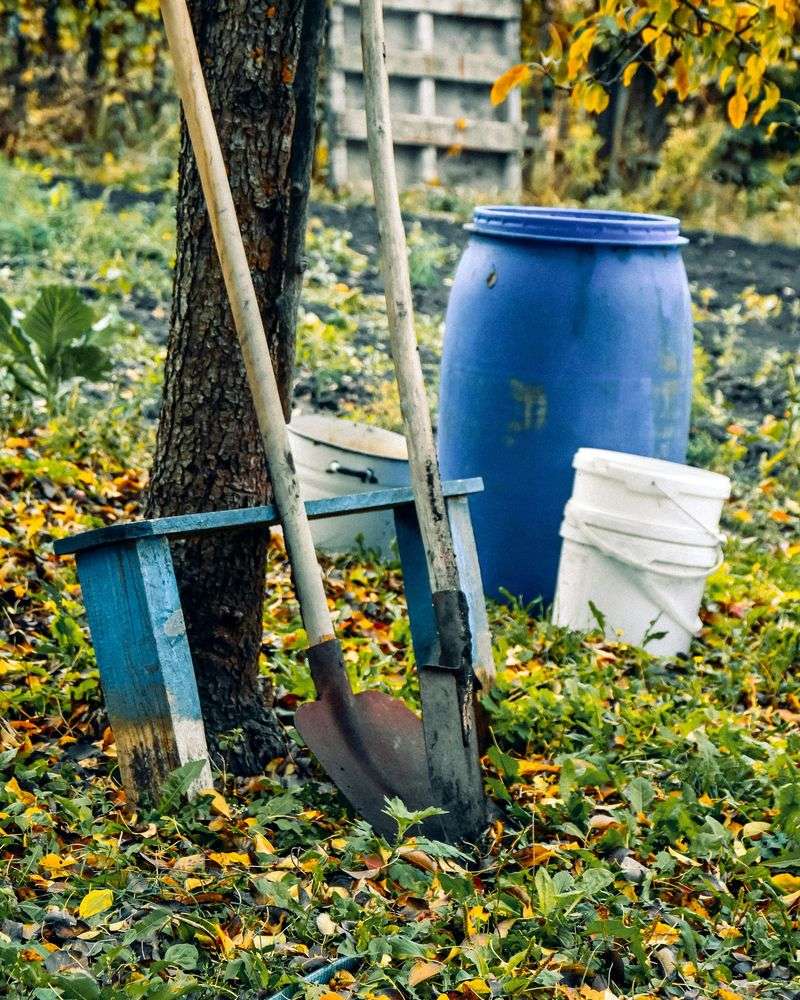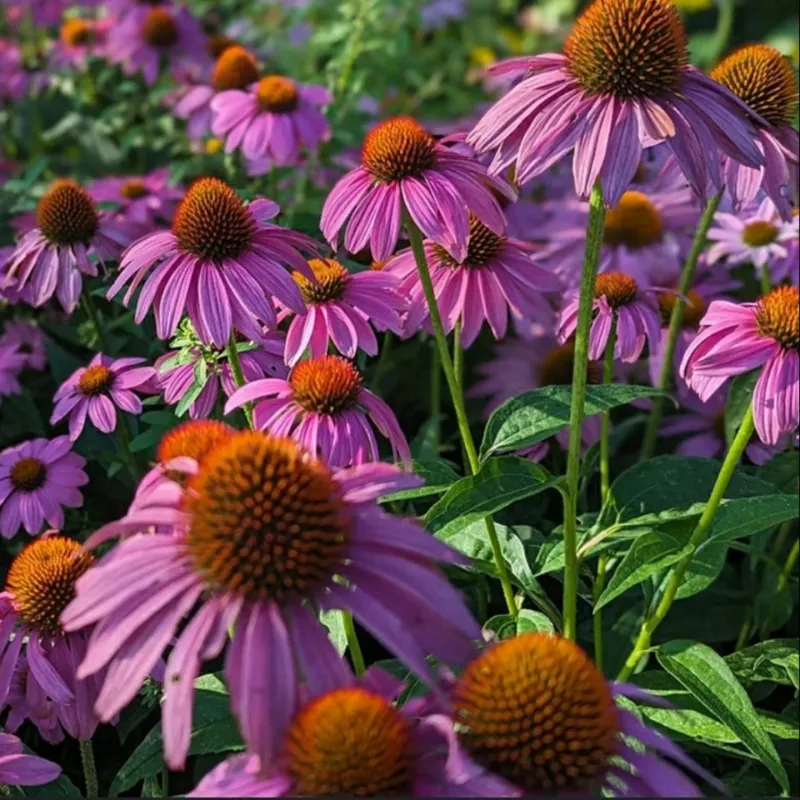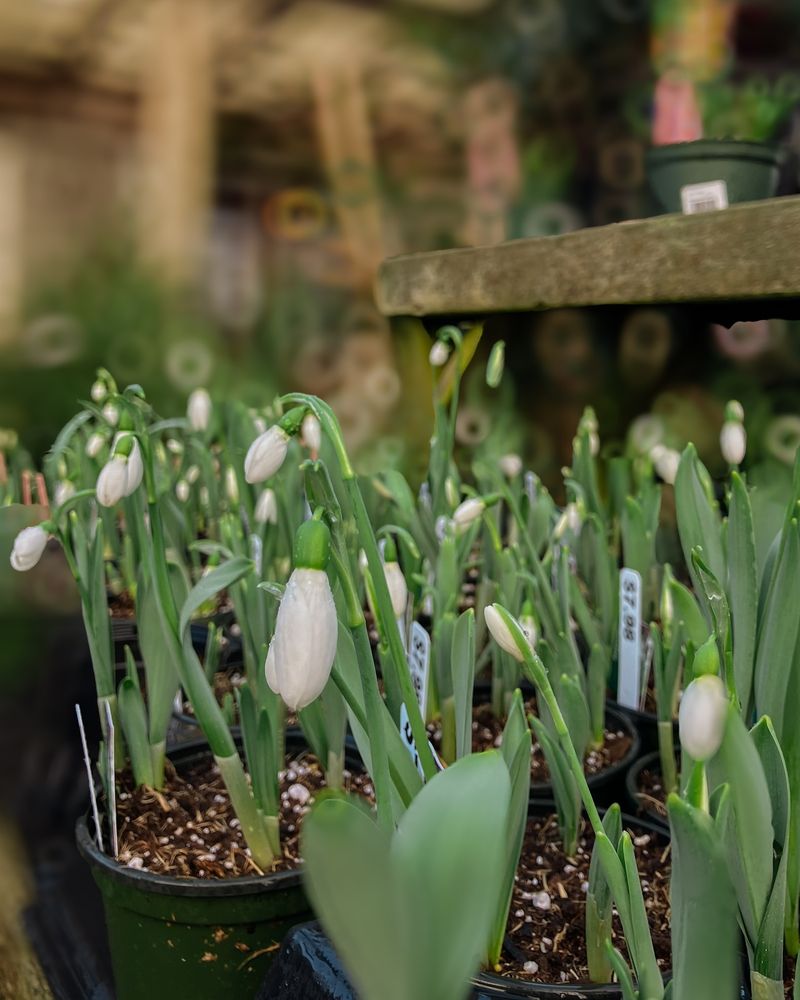May is prime time for planting, pruning, and prepping your garden for a season full of growth—but even the most well-meaning gardeners can slip up. Tiny missteps this month can lead to wilting plants, stunted blooms, or missed harvests down the line. The good news? Most of these mistakes are easy to avoid once you know what to watch for. From overwatering to poor pruning timing, these are the 19 common gardening mistakes you’re probably making this May—and exactly how to fix them before they cost you your dream garden.
1. Overwatering Plants
Overwatering is a common mistake that can drown your plants, preventing roots from getting enough oxygen. In May, the increasing temperatures might tempt you to water more frequently. However, checking soil moisture first can save your plants.
Use a finger to test the soil’s dampness an inch below the surface. If it’s dry, water sparingly to maintain balance. Letting the surface dry out between watering sessions encourages deeper root growth and healthier plants.
Remember, different plants have varying water needs. Tailor your watering schedule according to the specific demands of each plant species.
2. Planting Too Early
Planting seeds or young plants too early in May can expose them to late frosts. This can be detrimental, especially to tender annuals. Check the local frost dates before planting to ensure the safety of your plants.
Sometimes, waiting a few more weeks ensures better growth conditions. Protect young plants with cloches or row covers if unexpected cold snaps occur.
Being patient and attentive to weather forecasts can make a significant difference in your garden’s success. The right timing can mean the difference between thriving plants and ones battling to survive.
3. Neglecting Soil Health
Soil health is paramount to gardening success. Neglecting it in May can lead to poor plant growth. Enrich soil with organic matter like compost or well-rotted manure. This improves texture, aeration, and nutrient levels.
Regularly test soil pH and adjust accordingly to suit your plants. Healthy soil absorbs water effectively, reducing runoff. Mulching helps retain moisture and suppress weeds. Keeping your soil healthy ensures robust plant growth and abundant harvests.
Each plant has specific soil requirements—research these needs to provide optimal conditions and prevent unnecessary stress.
4. Skipping Regular Weeding
Weeds compete with your plants for nutrients, water, and sunlight. Ignoring regular weeding can stunt your plants’ growth. In May, weeds grow rapidly due to the warming weather and longer days. A weekly weeding routine can keep them in check.
Use tools like a hoe or hand pull smaller weeds to prevent them from seeding. Consider applying mulch to suppress weed growth and reduce the time spent weeding.
A little time spent now saves more work later on. Keeping your garden free of weeds ensures healthier plants and a more productive garden.
5. Ignoring Plant Spacing
Proper spacing is crucial for healthy plants. Crowding them can lead to competition for resources and increased susceptibility to diseases. In May, as young plants begin to grow, allow enough space for their mature size.
This improves air circulation and sunlight exposure, reducing the risk of fungal diseases. Read seed packets or plant tags for recommended spacing guidelines. Planning your garden layout helps in achieving lush and productive growth.
Giving plants room to grow also makes maintenance tasks easier. Thoughtful spacing leads to vigorous, happier plants and a thriving garden.
6. Failing to Rotate Crops
Crop rotation helps prevent soil depletion and pest buildup. Planting the same crops in the same spot every year can lead to nutrient imbalances and recurrent pests. In May, plan to rotate your crops to different areas.
This practice disrupts pest life cycles and improves soil fertility. Consider rotating based on plant families, such as moving legumes to where leafy greens grew last year.
Crop rotation enhances soil structure and reduces the need for chemical fertilizers. It’s a vital step in maintaining a healthy and productive vegetable garden throughout the season.
7. Neglecting to Deadhead Flowers
Deadheading is the process of removing spent blooms from your plants. Neglecting this task in May can reduce flowering. By deadheading, plants focus energy on producing more blooms rather than seeds.
Use sharp pruners or scissors to cut off wilting flowers just above a set of healthy leaves. This encourages continuous blooming and keeps your garden looking neat. Deadheading also reduces the risk of diseases from decaying flowers.
Regularly removing spent flowers helps prolong the blooming period and enhances your garden’s beauty all season long. It’s simple, yet highly effective.
8. Overfertilizing Your Plants
Overfertilizing can harm plants, causing rapid, weak growth and increased pest attacks. In May, when growth is active, it’s tempting to apply extra fertilizer. Follow recommended guidelines for each plant type to avoid overfeeding.
Excessive nutrients can lead to poor fruiting or flowering and harm beneficial soil organisms. Use organic fertilizers for a balanced nutrient supply. Regular soil tests help ensure correct nutrient levels. Moderation is key to healthy plant development.
Proper fertilization promotes strong, resilient plants, yielding a productive garden. Avoid the urge to overdo it, ensuring sustainable gardening practices.
9. Choosing the Wrong Plants
Selecting unsuitable plants for your climate is a common mistake, leading to poor growth or plant death. In May, plant species that thrive in your local conditions. Research your area’s climate and soil type before purchasing plants.
Choose native or adapted species for better success. Visit local nurseries for expert advice on suitable selections. Consider sunlight and shade in your garden layout. The right plant choice ensures a beautiful, thriving garden that requires less maintenance.
Adapting to your environment maximizes plant health and garden enjoyment. Happy plants mean a happier gardener.
10. Forgetting to Mulch
Mulching is an essential gardening practice that many overlook. In May, mulch helps conserve moisture, suppress weeds, and regulate soil temperature. Use organic materials like bark or straw to cover the soil surface. This reduces evaporation and prevents weed germination.
Mulch also adds nutrients to the soil as it breaks down. Apply a layer 2-3 inches thick, ensuring not to smother plant stems. Proper mulching improves plant health and reduces maintenance time.
It’s a simple step with significant benefits, helping your garden thrive through the warmer months. Keep your soil happy and healthy.
11. Not Pruning Spring Bloomers
Spring-blooming plants need pruning right after they flower. Waiting too long can remove next year’s buds. In May, prune shrubs like lilacs and azaleas after blooms fade. Proper pruning shapes plants, removes dead wood, and encourages healthy growth.
Use clean, sharp tools for precise cuts. Pruning mistakes can lead to poor flowering or plant stress. Research your specific plants for the best timing and techniques.
Thoughtful pruning ensures vigorous growth and beautiful blooms next spring. It’s a time investment that pays off with stunning floral displays year after year.
12. Ignoring Pest Control
Pests can wreak havoc in gardens, especially in May when they become more active. Ignoring pest control can lead to plant damage and reduced yields. Regularly inspect plants for signs of pests like holes, discoloration, or webbing.
Use natural pest control methods, such as introducing beneficial insects or using organic sprays. Early intervention prevents infestations from getting out of hand. Monitor pest levels and act promptly to protect your garden.
Keeping pests at bay ensures healthy, productive plants and a bountiful harvest. Vigilance is key to maintaining a thriving garden environment.
13. Lack of Garden Planning
Without proper planning, gardens can become chaotic spaces. In May, take time to design your garden layout, considering plant heights, colors, and bloom times. Establish clear paths for easy access and maintenance.
Plan for continuous blooms by selecting a mix of early, mid, and late-season plants. A well-thought-out garden plan enhances visual appeal and functionality. Mix textures and forms for visual interest.
Good planning ensures a balanced garden that flourishes throughout the growing season. Thoughtful placement reduces overcrowding and promotes healthier growth, resulting in a more enjoyable gardening experience.
14. Leaving Tools Unmaintained
Neglecting garden tool maintenance can reduce their effectiveness. In May, clean and sharpen tools to ensure they work efficiently. Well-maintained tools make gardening tasks easier and faster. After each use, rinse off dirt and moisture to prevent rust.
Regularly oil metal parts and sharpen blades for precise cuts. Store tools in a dry place to prolong their lifespan. Proper maintenance saves money and prevents frustration from broken tools.
Keeping your tools in top condition ensures a smoother gardening experience. They are an investment in your garden’s success, so treat them well.
15. Overlooking Companion Planting
Companion planting involves growing plants together for mutual benefits, such as pest control or improved growth. Overlooking this technique can mean missed opportunities for a healthier garden. In May, plan plant pairings that support each other.
For example, tomatoes and basil can enhance each other’s flavor and growth. Research which plants work well together, considering factors like space and sunlight needs.
Companion planting reduces the need for chemical interventions and promotes biodiversity. Implementing this strategy can lead to a more resilient and productive garden. It’s a natural way to boost your garden’s vitality.
16. Improper Composting
Composting is a valuable practice, but improper methods can lead to issues like odors or pests. In May, ensure a balanced mix of greens and browns in your compost pile. Turn the pile regularly to aerate and speed up decomposition.
Avoid adding meat or dairy products, which can attract pests. Composting enriches soil with nutrients, improving plant growth and soil structure. Monitor moisture levels to keep the process efficient.
A well-maintained compost pile becomes rich, dark humus perfect for enhancing your garden. Proper composting is an eco-friendly way to reduce waste and nurture your plants.
17. Forgetting about Pollinators
Pollinators like bees and butterflies play a crucial role in plant reproduction. Forgetting to attract them can reduce fruit and seed production. In May, plant a variety of flowering plants to provide a continuous food source.
Avoid pesticides that harm pollinators and create a welcoming environment with water sources and shelter. Including pollinator-friendly plants like lavender or sunflowers boosts their presence. Pollinators enhance garden biodiversity and productivity.
Creating a haven for these beneficial creatures ensures a thriving garden. Supporting pollinators helps the ecosystem and adds beauty to your outdoor space.
18. Neglecting Shade-Loving Plants
Shade-loving plants often get overlooked, leading to bare, unproductive garden areas. In May, consider incorporating plants that thrive in low-light conditions, like ferns or hostas. These plants add texture and greenery to shaded spots, enhancing garden diversity.
Research specific shade-tolerant species suited to your climate. Proper placement ensures they receive adequate moisture and protection from harsh sun. Including shade-loving plants creates a balanced garden ecosystem.
They require less maintenance and offer a lush appearance in tricky areas. Embrace the beauty and benefits these plants bring to your garden.
19. Ignoring Seasonal Transitions
Failing to adapt to seasonal changes can lead to garden stress. In May, focus on transitioning from spring to summer planting. Remove spent spring blooms and replace them with summer varieties. This keeps your garden vibrant and productive.
Consider seasonal tasks like fertilizing or pest control that align with changing conditions. Recognize each season’s uniqueness and adjust your care accordingly. Properly timed transitions reduce shock and encourage continuous growth.
Keeping your garden in harmony with the seasons ensures ongoing beauty and success. Celebrate each new season with a fresh approach to gardening.


